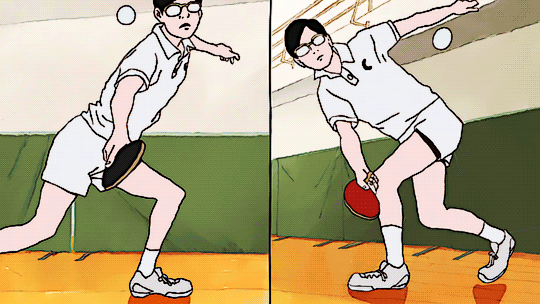#Ping pong the animation
Text
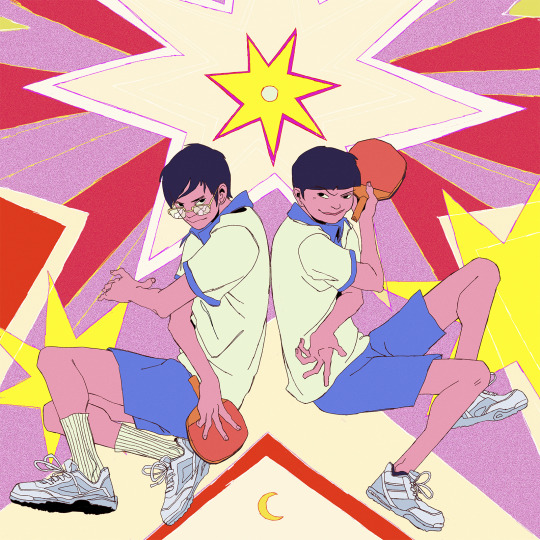
WHEN I'M IN A PINCH, A HERO IS SURE TO APPEAR
#bro all of my socials are such a mess#this is almost 2 years old#ppta#ping pong the animation#artists on tumblr#illustration#art#fanart
430 notes
·
View notes
Photo
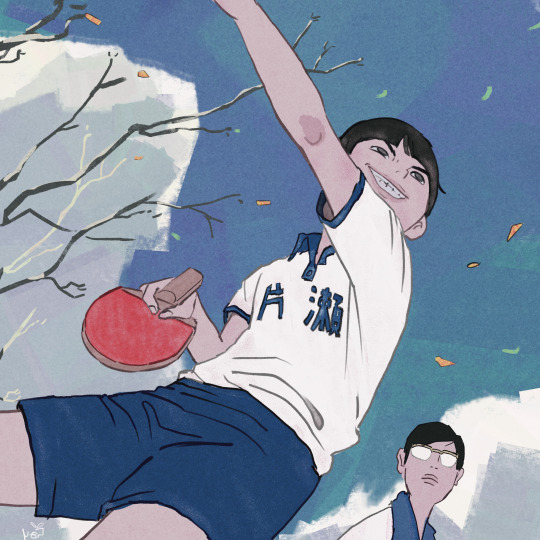

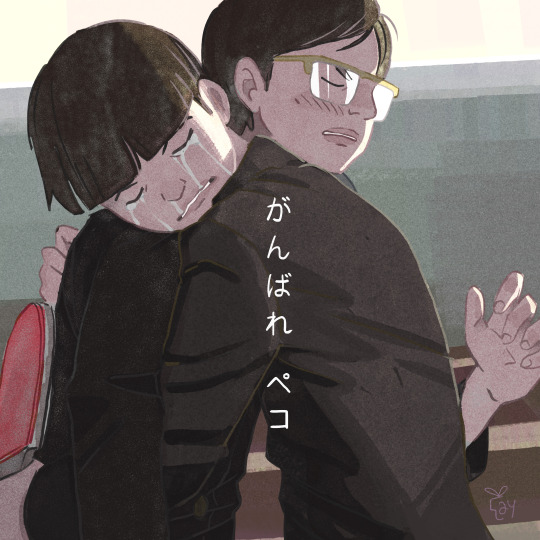

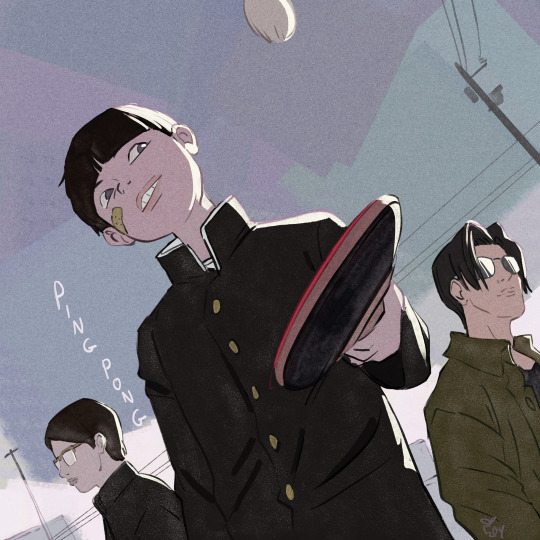
Ping Pong Fanart.
#ping pong the animation#ping pong#manga#anime#Fanart#Taiyou Matsumoto#Masaaki Yuasa#Aymeric Kevin#aymrc
2K notes
·
View notes
Text

333 notes
·
View notes
Text
Ping-Pong The Animation: eps 1-3
So Masaaki Yuasa [AN12, AN28, AN150] can do no wrong, right? OK, well, I'll admit Ride Your Wave was kinda mid, and Devilman Crybaby goes hard as hell at the beginning and end but sorta treads water in the middle, but... generally speaking! No-one does it like Yuasa.

For reasons I don't really remember, I didn't get very far watching Ping-Pong The Animation some years ago. It should be entirely my shit: Yuasa pulling in a gang of wildly creative animators to put their unique spin on something. However, the first episode didn't entirely hook me, and I never got round to trying the second before something else punted 'watching Ping Pong' out of my brain. ADHD, y'know.
This is a shame because even the very next episode seriously goes, as does the one after that. But also this anime isn't entirely what I was expecting (crazy sakugafest full of Yuasa weirdness). Not to say it doesn't do a lot of really unique stuff with its cinematography and animation, but these first episodes at least are more about like... dissociation! ennui!
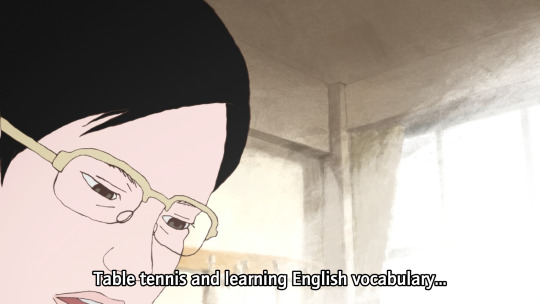
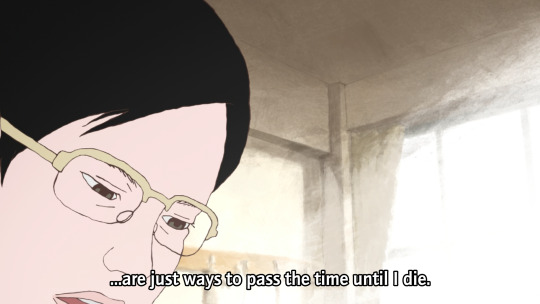
But more on that in a mo. First I wanna continue the thread of 'how do you animate sports'.
So, ping-pong, or table tennis. Not a sport I know much about, I'll be honest. (To be fair I don't know a lot about sports in general outside of some very specific niches. The sports I've pursued so far are rather eclectic: swimming, fencing, tai chi chuan, and roller derby; I never got particularly far in any and it's been years since I've done them.)
I'll inevitably be drawing a lot of comparisons to The First Slam Dunk, the other sports anime I've watched recently. I do think it's a productive comparison though! Both of them bring something of the visual language of manga into their presentation in unique ways. I have not yet read the Ping Pong manga, but it's by Taiyō Matsumoto, otherwise known for scifi manga like Tekkonkinkreet (god tier movie, still need to read the manga) and Number Five. So that's a pretty impressive track record!
If you go take a look at some scans of Ping Pong, what will immediately jump out is the shaky, rough line style and unusual camera angles and compositions.

The stylisation is also very different from a lot of manga. Noses are fully drawn, eyes are realistically small, and in contrast, lips and mouths tend to get the emphasis - as well as hands.
Knowing this makes a lot of the creative choices in the anime make sense! It also adopts a shaky lineart style, and makes use of heavy line weights and spotting blacks to add definition. It also has a lot of crazy closeups and layouts, and it loves a visual metaphor. But most of all, the most striking element of this anime is how often it loves to split the picture up into little panels...

...which [eli]'s subs do a really good job of typesetting, incidentally, moving the dialogue to fit naturally into the split composition. And while this shot with 7 smaller shots is perhaps on the extreme end, splits of three or more are pretty frequent. It's a really interesting way to evoke the effect of seeing a whole page of manga
So, as you proooobably know, ping-pong is a game of bouncing balls off a little table and directing them into places the opponent will find it hard to hit them back. From watching this anime I picked up that there are a number of styles of holding the racket (e.g. 'penhold grip' and 'shakehand') and approaches to hitting the ball (e.g. 'chopping'). A lot of this pretty much went over my head, but honestly it didn't matter, since the narrative significance was pretty much always evident.
Compared to basketball, though, ping-pong is a pretty tricky sport to make visually interesting! Sure, you have the players running to and fro, and that can lead to some interesting poses, but how do you get the drama and tension into this?
Ping-pong additionally is all 2D, it doesn't have the sort of resources that Toei could throw at making the best looking 3DCG basketball game ever. It is limited to a TV-feasible drawing count. So it has to make use of clever limited-animation tricks to get the most impact out of fewest drawings.
Let's take an example sequence from episode 3. A minor character is about to get his ass kicked by Tsukimoto. Tsukimoto is something of a pingpong prodigy, and yet he is very emotionally closed-off and even standoffish; he doesn't particularly seem to like the game very much, and doesn't particularly feel inclined to flex on other players and get into the status games. But other players, like Wenge, have heard about him and want to see what he's got.
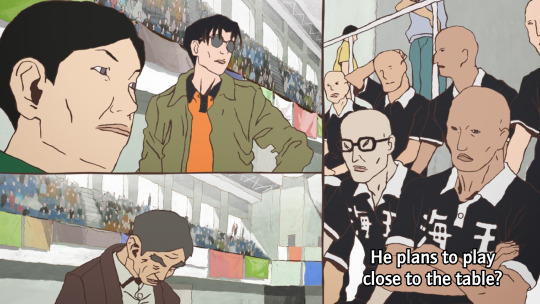
First we have the setup. Other characters are observing and discussing the game. Since ping-pong tends to involve very rapid exchanges, it can follow the classic shōnen model where there's a lot of talking, flashy fight sequence, more talking...


The cut happens in two steps, maintaining the vertical dividing line. This approach to cutting is used a lot in Ping-Pong, and it's quite a creative way to keep visual interest when it's using a lot of largely static shots. The panel on the right is more animated than the panel on the left, a naturalistic depiction of bouncing the ball off the table.
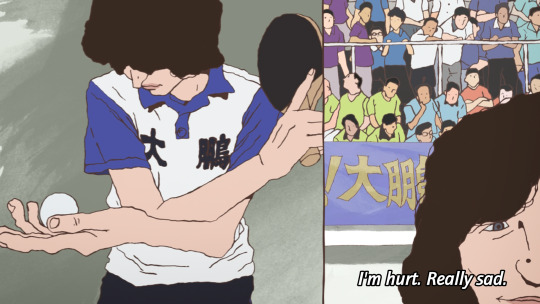

Things start moving faster here. A rapid pan on the image on the left disguises the fact that this anticipation pose is actually not moving at all. This then goes into a rapid, explosive moment as this guy serves.
The final pose is held for a couple of seconds while the voiceover line discussing his intended move finishes. This sort of elasticity of time is a very Osamu Dezaki type of move - it's something that Hayao Miyazaki and Isao Takahata actually really disliked.

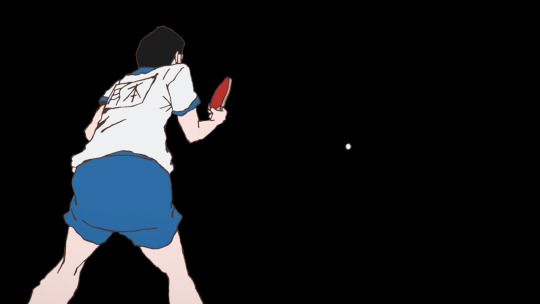
A sound effect hits as Tsukimoto appears on the right in silhouette, anticipating his reaction, and setting up the next shot which leaves the split picture and hides the background for just a moment, as if to put us in Tsukimoto's shoes: he only sees the ball.


Tsukimoto follows through and holds this pose - the ball is the only thing moving here. The ball moves mainly on 2s while Tsukimoto moves on 3s and 2s, and he and the ball move on alternating frames. He holds the pose as the ball zips off to the right (bouncing off the corner of the table), with a speed lines-like effect. At the end of the shot, the ball freezes in the air for the moment while the sound echoes.
The actual table-tennis round lasts just seconds, and the drawing count involved is pretty minimal, but it does a lot with those drawings.
We go back to voiceovers and reactions in the next few shots, returning to the split video as Tsukimoto's opponent thinks about how he'd really rather be at the beach...
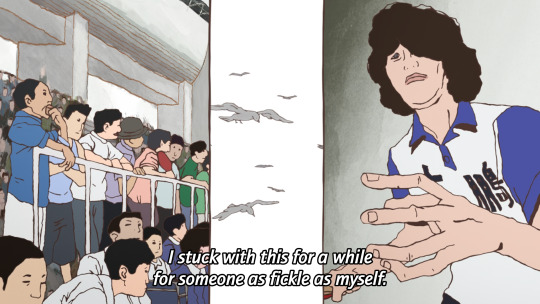
Often, these comic-like compositions will change one panel at a time, and while one panel is animated another panel will be still, naturally moving your eyes across the screen. It is an approach similar to some experiments I've seen in 'animated comics' viewed in a web browser, where the panels do not appear all at once, but enter with some animation.
So this is the sort of animation technique that Ping Pong uses. It's effective! Elsewhere the cuts are used in a less direct, continuity-editing way and more in a juxtaposition/montage way. For example, Wenge's desire to return to China is symbolised by match cutting/fading to shots of an aeroplane.

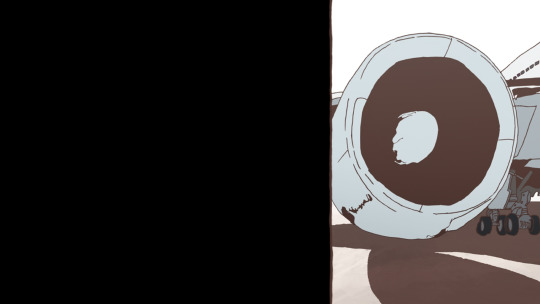


And there is a recurring image, which I'm sure will be expanded on, of Tsukimoto hiding in a cupboard and wishing for a tokusatsu hero to come save him from his isolation. As Tsukimoto's feelings about himself change, the toku hero is replaced by a robot. At this points it starts to feel like an outright Ikuhara anime.
There is occasionally a little bit of CG, mainly when Tsukimoto uses a different type of racket surface, and the way the ball and racket make contact is the crucial thing that the shot is trying to convey...

It gets the job done, but I'm glad they stuck with 2D for most of it.
So I went in the first time expecting like, crazy elaborate sakuga - and to be fair, the OP, animated by none other than Shinya Ohira, delivers on that front - but if anything what I've seen so far in Ping-Pong is actually a triumph of storyboarding and limited animation techniques. I think back then I didn't have the eyes to appreciate it in the same way.

OK, that's the film nerd stuff, but what about the story? Ping Pong follows two school friends, Makoto Tsukimoto aka "Smile" (right), and Yutaka Hoshino aka "Peco" (left). Smile is defined by a flat affect and a standoffish persona. He's just going through the motions. He's very good at ping-pong, but to him it's just a way to pass time, and he's scornful about the idea of caring all that much about it. Much like Shinji with his casette player, Tsukimoto is pretty much always staring at a handheld games console rather than make eye contact with anyone.
Peco on the other hand is the more childish one - playful, kinda arrogant, very much an 'emotions on his sleeve' kinda guy. He sulks when he loses and gloats when he wins, and is constantly seen with bubblegum or other kinds of candy. He provides a lot of our commentary when he chats with the other players.
日本語上手 readers probably noticed the tsuki (moon) vs hoshi (star) symbolism thing they've got going on here!
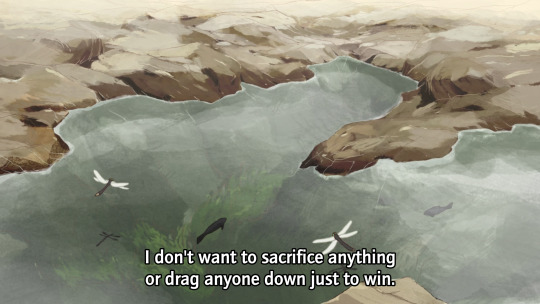
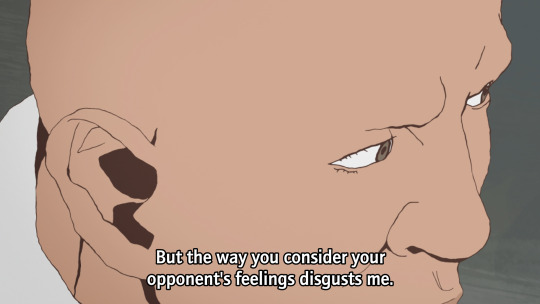
High-school table tennis in this story seems to be a rather 'tough love' kinda world. Most of these players tend to look down on those who can't meet their level. Going easy on someone is seen as weakness, or cultivating bad habits, by almost everyone. Tsukimoto doesn't play at his full potential because he isn't as invested in winning as all these weirdos, but it seems that might be starting to change...
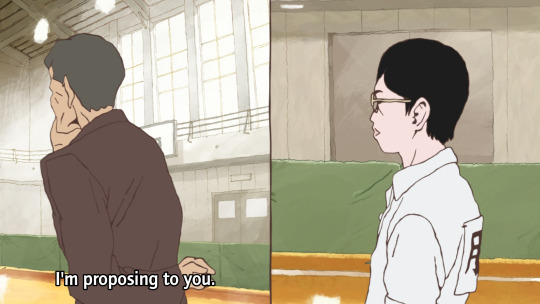

The coach is interesting. He's an old man and fairly disdainful of the club at large, and prone to speaking English randomly with a heavy accent. But he gets excited at the prospect of getting Tsukimoto to unleash his full potential, in terms that are repeatedly metaphorically compared to romance/marriage.
And when Tsukimoto gets sick of it, he challenges him to a game, with the stakes as...
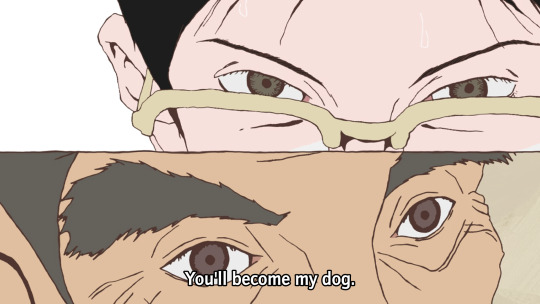

Cue Makima/Beatrice images here I guess.
Tsukimoto de facto wins when the coach collapses, but this episode marks a change of heart. He starts to think of himself as a robot - the affect of a robot replacing the affect of the toku hero in his fantasy. And in this way he does what people seem to want and plays ping pong with mechanical precision, expressed once again in visual metaphor (shot here from a cool transformation sequence)...


What if I just dissociate harder? This is gonna end well.
So it really is one of those kind of like 'ennui of being a teenager' kind of stories - c.f. say FLCL. 'Boy with complicated emotional landscape' is Yuasa bread and butter, but the particular variant here seems a little unusual for him - they tend to be a little more earnest. I'm curious to see how Tsukimoto develops.
I am definitely enjoying the arrogant Chinese player Kong Wenge. Dude's got a lot of screen presence, and while I'm sure he'll get shown up sooner or later, he makes for a very fun antagonist of sorts.
In comparison to Slam Dunk... one thing that's significantly different about table tennis is that it's an individual rather than a team sport, which means it's harder to have an ensemble cast all contributing to the protagonists' eventual victory - instead it's about a lot of individual arcs interweaving with each other, individual duels. Besides that, it does seem like it will be following a similar arc of a character in an emotional hole (grief for Ryota, depression for Tsukimoto) finding new meaning and purpose through sports - though I can't be sure how things are gonna go for Tsukimoto here!
The tone however is quite different. Even when it's silly, I feel like Slam Dunk is a very sincere story. There's little detachment or irony, or false consciousness - with perhaps the major exception of Ryota's mother, who lets her own grief and trauma get in the way of understanding her son. But ultimately 'why would you care this much about basketball' is not a question that anyone would ask in Slam Dunk. Even the judo guy in the manga who's trying to recruit Sakuragi is just as hot-blooded about his own sport of choice.
There's a difference in like, general affect about the players as well, which has something to do with the sport itself. Yeah, Sakuragi's superpower is his 'genius' ability to predict rebounds, and there is plenty of strategising in Slam Dunk - but basketball is still a sport that very much emphasises physical power, and as much as Slam Dunk will work hard to sell you on a clever trick pass, the visuals are also emphasising the speed that players are dashing, the height they're jumping, their physique. Table tennis by contrast seems to be a sport that's more about prediction and mind games.
That said it is equally just like Matsumoto's style being different from Inoue's. Now I know it's by the guy who wrote Tekkonkinkreet, a lot about this series falls into place! There's a sense of tension here, of being fundamentally at odds with the world. The autismfeels. This is reflected also in the drawings - the characters don't entirely seem comfortable in their embodiment.
So if that's what I'm getting from just three eps, I'm very excited to see what the remaining 8 have to offer. This series is probably too long to cram into Animation Night format, but we'll see...
80 notes
·
View notes
Text

Yahoo!!!!!
58 notes
·
View notes
Text

I couldn't resist to make my own version of favourite character bingo 🌟 I'll draw you a thing if you actually get bingo out of this!
Character list
Silver from Treasure planet
Hypno potamus from Rise of the teenage mutant ninja turtles
Warren Stone from rose of the teenage mutant ninja turtles
Oswald Cobblepot / The Penguin from Batman the animation series
Ricket from Monkey Wrench
Zorglub from Spirou and Fantasio comics
General Skarr from the Grim Adventures of Billy and Mandy
Captain Haddock from Adventures of Tintin comics
Papa G from Kid cosmic
Sir Pentious from Hazbin hotel
The Professor from the Puppet history
Bob from Bob's burgers
Oggy from Oggy and the cockroaches
Rowlf the dog from the Muppets
Wander from the Wander over Yonder
Grizz from We bare bears
Demon / Sakuma from Ping pong the animation
Susie from Summer camp island
Hudson from Gargoyles
Zulius from Centaurworld
Entrapta from Shera
Snow queen from the Snow queen (1957)
Tiny manticore from Adventure Time
Muffin from Bluey
#favorite character bingo#treasure planet silver#hypno potamus#warren stone#btas penguin#monkey wrench#zorglub#General skarr#captain haddock#Papa G#sir pentious#the professor#bob's burgers#oggy and the cockroaches#rowlf the dog#wander over yonder#we bare bears#ping pong the animation#susie summer camp island#zulius#hudson gargoyles#entrapta#tiny manticore#muffin bluey#the snow queen
33 notes
·
View notes
Text
Do You Know This Anime?
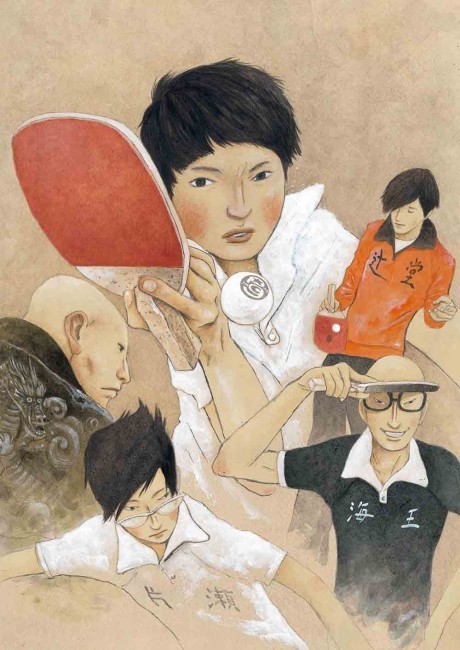
46 notes
·
View notes
Text
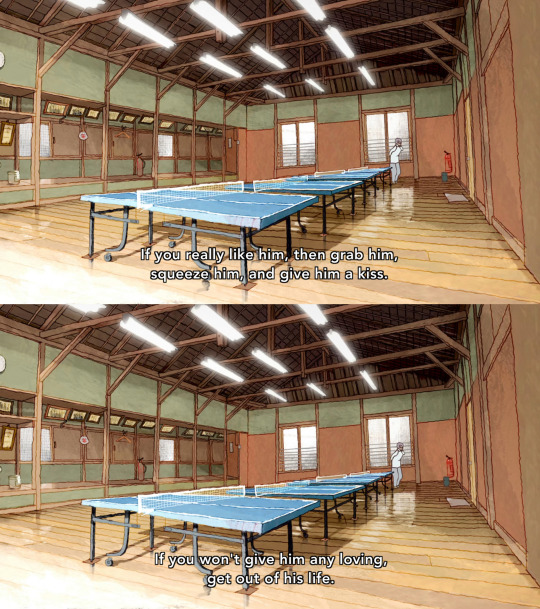
Ping Pong the Animation, dir, Masaaki Yuasa (2014)
146 notes
·
View notes
Text


draw your comfort characters as steven meme etc…
#rain code#master detective archives#mdarc#vivia twilight#ping pong the animation#makoto tsukimoto#they’re the same character. depressed and gay#vivia stop giving bad advice to teenagers
67 notes
·
View notes
Text
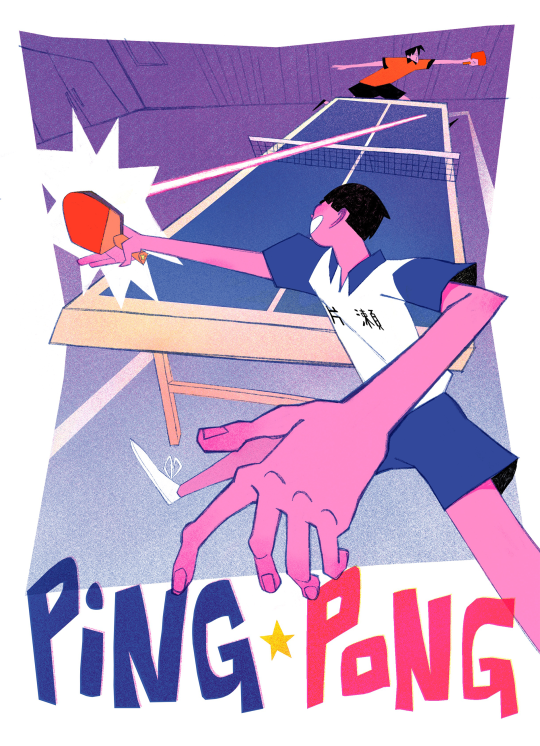
ping pong from some time ago 🏓💥
720 notes
·
View notes
Text
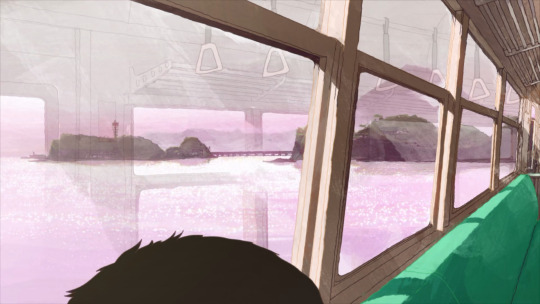


Ping Pong the Animation (2014)
84 notes
·
View notes
Text

227 notes
·
View notes
Text
want to give a shoutout to Ping Pong the Animation which I rewatched for like the 4th time last night and I was reminded again of why it's literally probably my favorite anime of all time
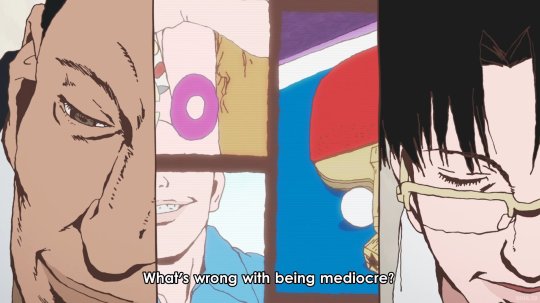
thank you Ping Pong you changed the course of my life when I was in my early 20's. everybody say thank you Ping Pong
80 notes
·
View notes
Text










Ping Pong The Animation, 2014, Masaaki Yuasa
episode 2
12 notes
·
View notes
Text
TODAY'S GENDER is Voiced by Anairis Quinones and Animated by Tatsunoko
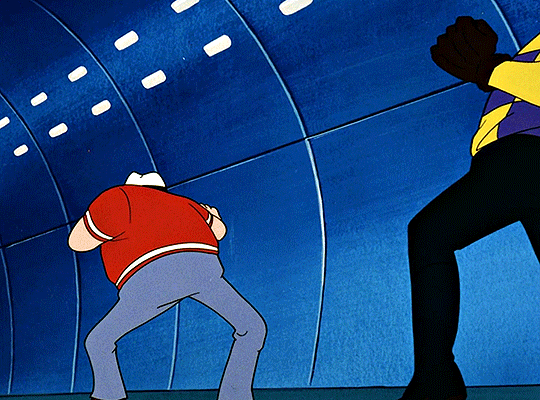

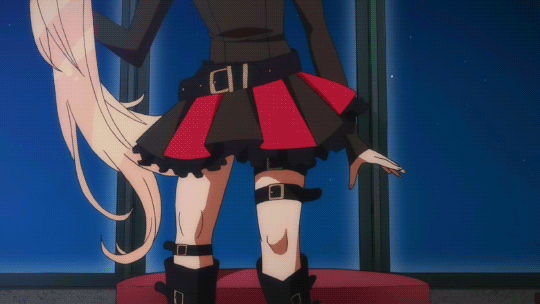
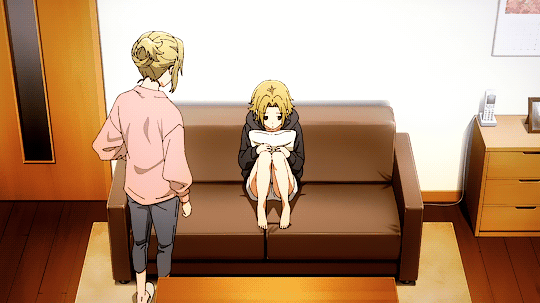
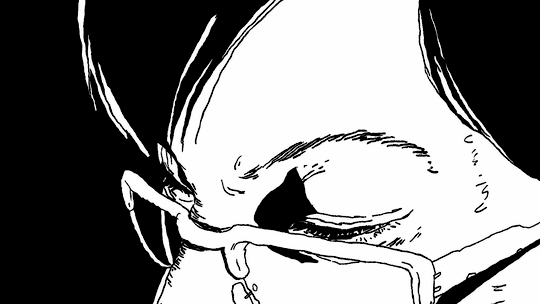
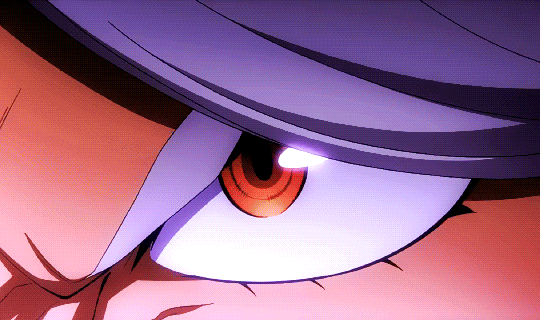
#voice acting#voice actors#voiced by#animated by#animation#anime#tatsunoko animation#tatsunoko#speed racer#mach gogogo#gatchaman crowds#ping pong the animation#rumi usagiyama#miruko#hinatsuru uzui#hinatsuru#yuki yoshikawa#my hero academia#mha#bnha#boku no hero academia#kimetsu no yaiba#demon slayer#horimiya#hori-san to miyamura-kun#Anairis Quinones#gender#genderqueer#gender of the day
20 notes
·
View notes

